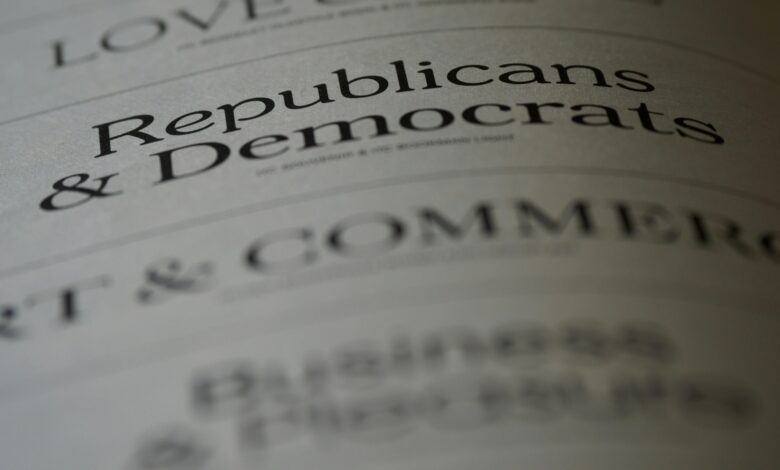Discovering Sans Serif Fonts and Their Impact on Design

Introduction to Sans Serif Fonts
Sans serif fonts are clean and modern. They lack the small lines called serifs. These fonts have become popular in design, especially in digital media. In this blog post, we explore their characteristics, benefits, and uses.
The Rise of Sans Serif Fonts
Sans serif fonts gained popularity in the 20th century. Designers sought simplicity and readability. These fonts provide clarity and minimalism. They are often seen in branding and web design. Companies like Google and Apple use sans serif fonts in their logos.
Characteristics of Sans Serif Fonts
Sans serif fonts are known for their simple lines. They do not have decorative strokes. This makes them easy to read. They are often used for headlines and logos. Bold colors enhance the clean look of these fonts.
Different Styles Within Sans Serif Fonts
There are several styles of sans serif fonts. Each has unique characteristics. Some are geometric, like Futura. Others are humanist, such as Gill Sans. There are also grotesque fonts like Helvetica.
Popular Sans Serif Fonts
Some popular sans serif fonts include Arial, Helvetica, and Verdana. Arial is widely used in documents. Helvetica is common in advertising. Verdana is designed for digital screens.
Geometric Sans Serif Fonts
Geometric sans serif fonts use shapes as their base. This gives them a precise look. Fonts like Avenir belong to this category. They are often used in modern branding.
Humanist Sans Serif Fonts
Humanist sans serif fonts are inspired by handwriting. They have a friendly and approachable feel. Examples include Calibri and Gill Sans. They are great for user interfaces.
Grotesque Sans Serif Fonts
Grotesque sans serif fonts have a solid structure. They are straightforward and functional. Helvetica and Franklin Gothic are examples. They work well for corporate designs.
Benefits of Sans Serif Fonts
Sans serif fonts offer several benefits. They are versatile and adaptable. They maintain readability across various media. Their simplicity makes them timeless. Brands use them to convey modernity.
Readability and Accessibility
Sans serif fonts are easy to read on screens. Their clean lines reduce eye strain. This makes them ideal for digital content. They are also accessible for people with dyslexia.
Versatility in Design
Sans serif fonts adapt to different contexts. They work in both formal and casual settings. Designers use them for logos, websites, and print media. Their neutrality makes them suitable for diverse brands.
Modern and Minimalist Aesthetic
These fonts convey a modern look. Their simplicity aligns with minimalist design trends. Brands use them to appear forward-thinking. This aesthetic appeals to contemporary audiences.
Choosing the Right Sans Serif Font
Selecting the right sans serif font is crucial. Consider the message you want to convey. Different styles suit different purposes. A geometric font might suit tech brands. A humanist font may fit educational content.
Matching Brand Identity
The font should match your brand identity. It should reflect your values. A clean sans serif font can appear professional. A friendly font can create warmth.
Pairing Fonts Effectively
Pairing fonts requires balance. Use contrasting fonts for emphasis. A sans serif font can pair with a serif font. This creates a dynamic visual hierarchy.
Considering Readability and Context
Consider where the font will be used. Ensure it is legible at various sizes. Test it on both print and digital formats. The context of use can affect font choice.
Conclusion
Sans serif fonts play a significant role in design. They offer clarity, modernity, and versatility. Choosing the right font can enhance your brand’s message. Experiment with different styles to find the perfect fit.


